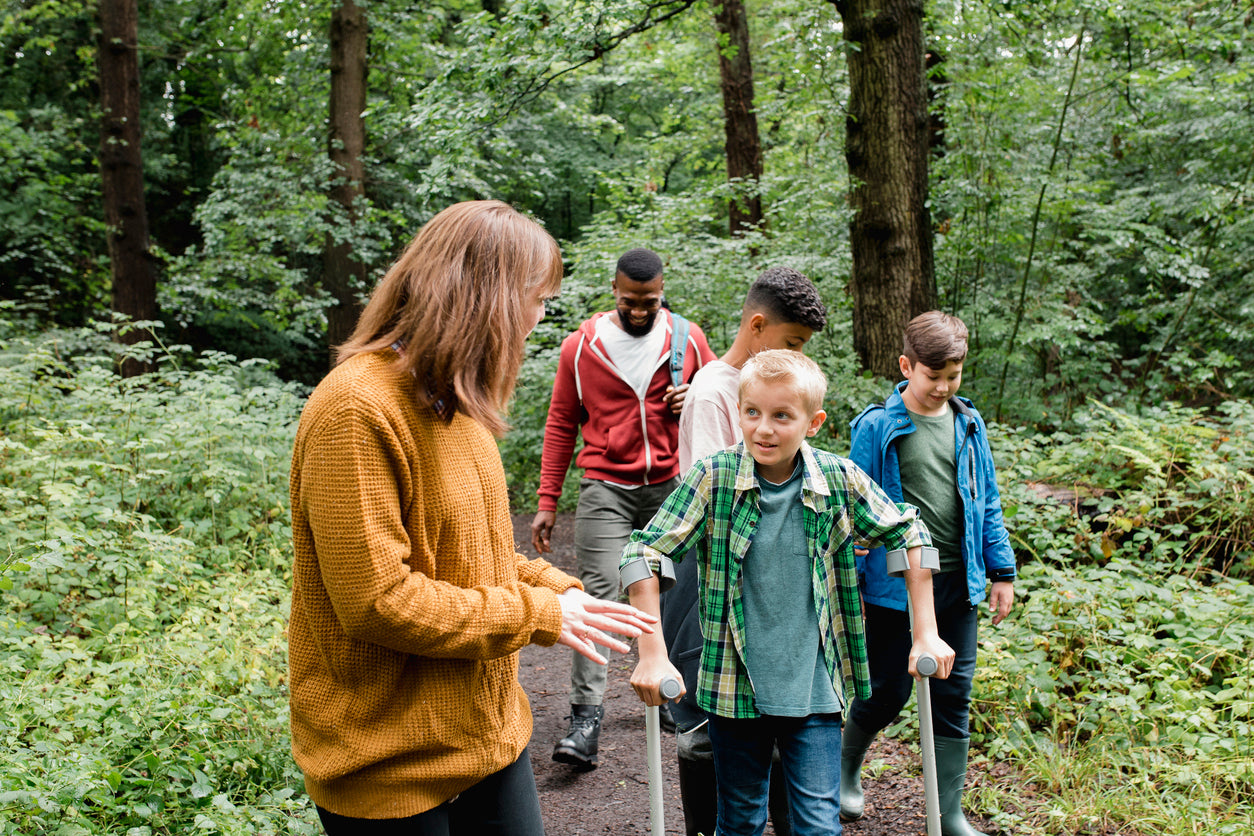Explore our collection of informative and educational blog posts to stay updated on the latest industry trends and expert advice.
Can We Learn to Be More Creative?

Over the past few years we’ve written a lot about creativity and how to spark divergent thinking, from physical activities like taking a walk or doodling to using technology more effectively. But the idea that creativity is something we can actually learn and develop is a still relatively new one.
Creativity is often viewed as a quality that a person either has or doesn’t have. It’s long been accepted as fact that some of us are born with the ability to think imaginatively and innovatively, while others are more down-to-earth and practical-minded.
Recently, however, there’s been a shift in this way of thinking and new studies suggest that creativity is indeed a skill that we can develop over time.
It is true that creative thinking comes more naturally to some people than others. A study led by cognitive neuroscientist Roger Beaty found that creative people are better able to co-activate the spontaneous thinking and controlled thinking networks.
These networks play a key role in idea generation and idea evaluation. Although they aren’t normally aren’t activated at the same time, fMRI scans showed that people who are better at creative thinking seem to be able use these networks simultaneously.
But although it does appear that creative brains are “wired” differently, this doesn’t mean that the ability to think outside the box can’t be learned and developed.
How creativity can be developed
Since creativity still isn’t fully understood and is difficult to measure, it can be tricky to pinpoint any one method for learning or teaching it. For this reason, efforts to develop creativity usually focus on understanding how the creative mind works and applying creative thinking processes rather than sitting through lectures or following a specific set of rules.
In fact, in order to think creatively, you need to be willing to challenge existing assumptions, be open to new ideas and possibilities, and get out of your comfort zone by experimenting, exploring and constantly asking questions.
Psychologist and leading creativity and innovation researcher Dr. Robert Epstein has identified four core competencies that can help individuals think more creatively and generate novel ideas. His research, published in the Creativity Research Journal, shows that strengthening these four areas can greatly enhance creativity.
For the first study, employees from Orange County, California participated in creativity training seminars that had been developed to increase proficiency in the four areas. When the same employees were evaluated eight months later, they had increased their rate of new idea generation by 55 percent.
So for anyone looking to develop their creativity, Epstein recommends working on the following:
1. Capture new ideas:
Find an effective way to preserve novel ideas as they occur, without judging or editing them. This might mean carrying a notebook and jotting down your ideas throughout the day, or using a voice recorder to record any original thoughts on the spot.
2. Seek out challenges:
Don’t shy away from challenging problems or projects. Even if there is no real solution or answer to the problem, simply forcing yourself to think about the possibilities will help you generate new ideas. Seeking out challenges also means you’ll fail at times, so accepting failure as a possibility is also a necessary part of being creative.
3. Broaden your knowledge and skills:
Epstein points out that acquiring knowledge and skills outside your current area of expertise will make more diverse knowledge available for interconnection, which is the basis for creative thought. You can do this by taking additional classes or courses, sitting in on lectures or reading journals in unrelated fields.
4. Manage your surroundings:
Your surroundings can also have a big impact on how you think, and Epstein says surrounding yourself with diverse and novel physical and social stimuli can stimulate new ways of thinking and original ideas. This could include anything from expanding your social network to visiting museums to decorating your work or study space with unusual objects.
A follow up study by Epstein confirmed that these four trainable competencies can enhance creative expression, but also showed that the one that was most effective was capturing new ideas. So if you want to get started with something simple, get yourself a pocket-sized notebook and make a habit of documenting your ideas, even if they don’t initially seem all that groundbreaking.
Too much structure is the enemy of creativity
In the same way that certain approaches can enhance our creativity, there are also some common practices that can hinder our ability to think creatively.
A recent study from the University of Toronto, Rotman School of Management, shows that although giving structure to information can help us organize our activities and work more efficiently, too much structured knowledge can also make us less creative.
The researchers designed a series of experiments to measure creativity and cognitive flexibility. They found that when participants used categorised sets of information, they displayed less creativity and cognitive flexibility than when they worked with items that weren’t organised in any special way.
So if you’re a person who loves structure and organisation, you may have to temporarily cast aside your urge to categorize and colour-coordinate for the sake of allowing your creativity to flourish.
How creativity is already being taught
Although it’s highly possible to learn and develop creativity, it can still be a difficult skill to teach in a structured classroom setting. Classroom environments may even inadvertently stifle creativity, because students are so afraid of getting poor grades or being embarrassed in front of their peers that they shy away from challenges and avoid taking risks.
The good news, however, is that thanks to the increased demand for creative individuals in the workforce, a growing number of universities and learning institutes are recognising the need for creativity and have begun to implement their own initiatives to teach it as a skill.
Here are a few notable examples of schools where creativity is already being taught.
Minerva College
Minerva College, a four-year for-profit college in Claremont, California, has taken a unique approach to higher learning, because rather than teaching students subjects or hard skills, it aims to teach them how to think. During their entire first year, students focus specifically on critical thinking, effective communication, creative thinking, and interacting effectively.
Dr. Stephen Kosslyn, a former Harvard and Stanford professor and Minerva’s founding dean, says that rather than training students for a particular profession, their goal was to give them the intellectual tools they would need to succeed at jobs that may not even exist yet.
As they learn to think creatively, students are encouraged to carry out hypothesis research, test their theories, conduct interviews and visualise data. They also learn to solve problems creatively and create products, processes and services.
University of Sydney
Professor Michael Anderson of the Faculty of Education and Social Work at The University of Sydney has been researching the role creativity plays in learning. His teaching aims to help students understand how creativity and the creative process works, and engage with their own creativities.
Throughout the unit, students are given a chance to explore theoretical, sociological, psychological and political constructs of creativity as well as different approaches to creativity. They also gain an understanding of how creativity can enhance their ability to think critically.
University of Georgia
The Torrance Center for Creativity and Talent Development at the University of Georgia is a research and instructional centre that aims to investigate, implement, and evaluate techniques that can be used to enhance creative thinking. Some of the ways in which creativity is already being taught there include thinking by analogy, looking for patterns, and using play to encourage new ideas.
The centre also conducts research on creative thinking, hosts professional development programs, and aims to serve as an expert on creativity within and outside the university community.
FourSight
FourSight, developed by Dr. Gerard Puccio, chairman of the International Center for Studies in Creativity at Buffalo State College, takes a new approach to teaching creativity by following a four-step process. This process involves first clarifying the problem or challenge by asking the right questions, ideating or brainstorming new ideas, developing potential solutions, and finally, implementing new ideas.
FourSight’s goal is to teach the science of good thinking, and it does this by developing research-based creativity and innovation tools for educators, HR professionals and others who are looking to support creative thinking and innovation.
Are you a teacher looking to help your students understand and develop their creativity? Check out some of our tips and ideas for promoting creativity in your own classroom, from allowing room for mistakes to encouraging curiosity.








